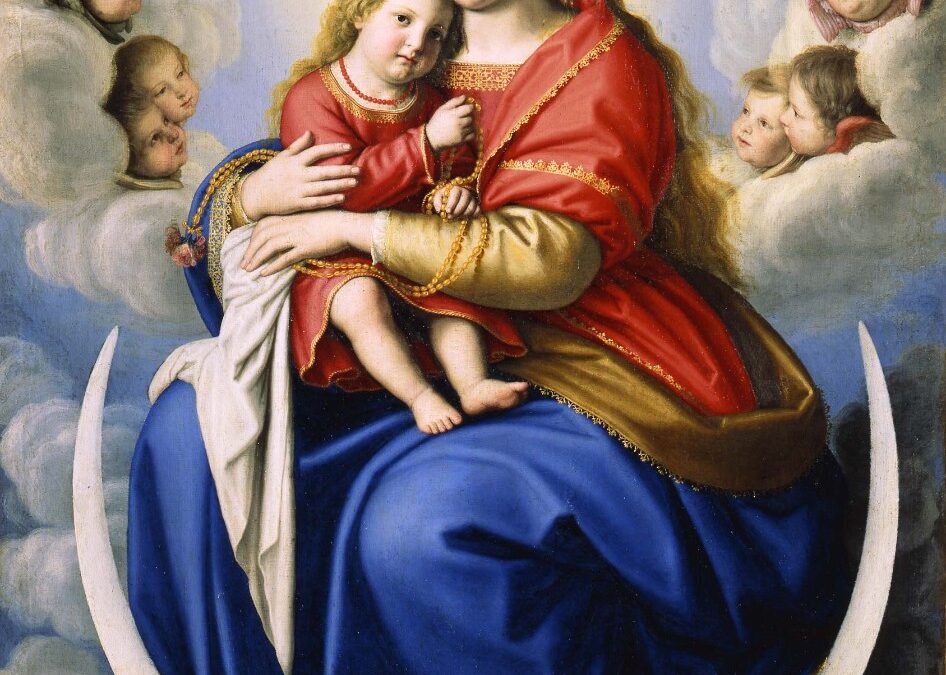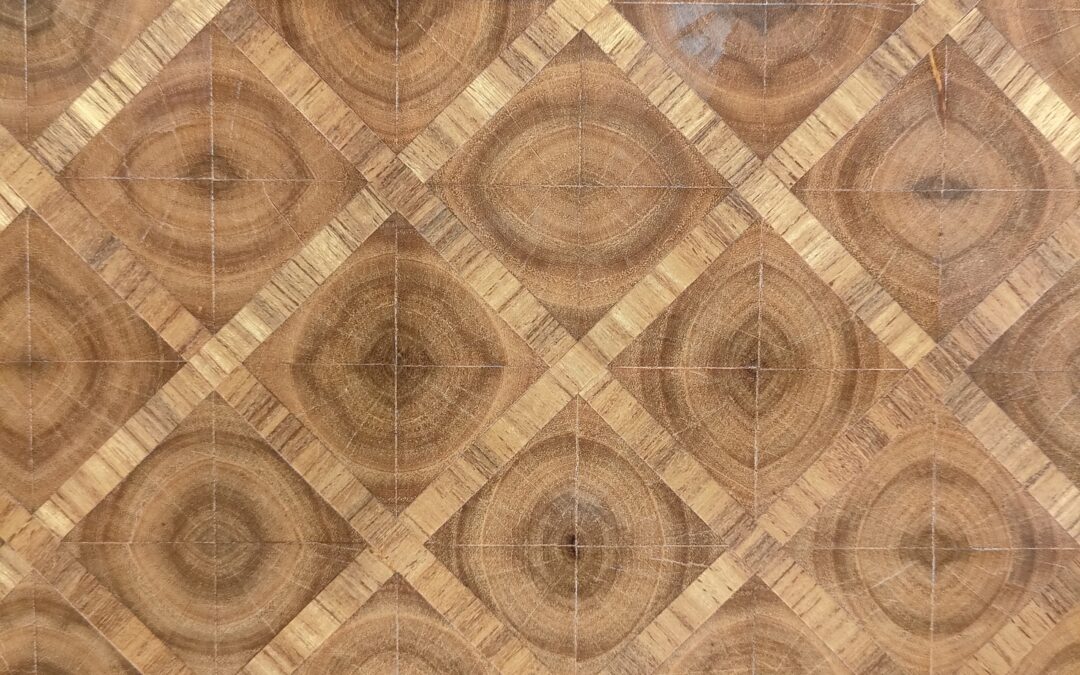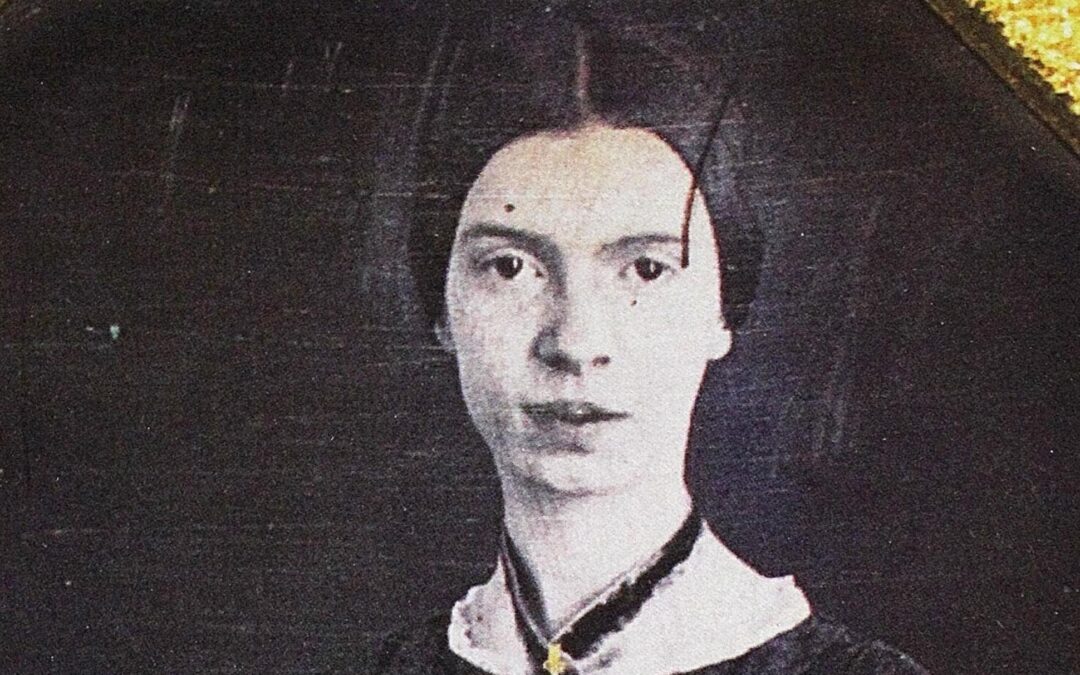
by Cedric | Apr 21, 2022 | Art, General
I am writing on Good Friday. I was looking through my Rosary booklet, which my wonderful Charlotte provided to me when we started dating, just confirm that I had the right mystery to pray (Sorrowful Mysteries, of course). In so doing, I came across a painting by Sassoferrato which struck me.
Giovan Battista Salvi known, from his town of origin in the Marche, as Sassoferrato, shows the Madonna seated on the clouds with her feet resting on the half moon. She embraces the Child Jesus who holds in his hands a rosary that ends in a rose. Heads of cherubs rise from the clouds. The image confirms the stylistic elements that characterize his vast production of subjects of a religious nature: images of a solid formal layout with brilliant and almost enamelled colours.

This painting is strikingly clear in its composition. The colours are vivid, the way the Virgin Mary is holding onto Jesus, with such tenderness, must move even the most ardent atheist. The adoration with which the cherubs are looking at the pair is rendered beautifully. The half moon upon which she is seated is brilliant white. The rosary has become my favourite prayer and to see Jesus holding onto it, with it ending in a splendid rose, warms me. Rosary comes from the Latin rosarium, meaning “garland of roses.” The fragrance released from the beads while praying was said the please God and reinforce, therefore, one’s sincerity in prayer.
This piece also struck me because when Charlotte and I were in France for a recent holiday, we saw a painting by the same artist. We were visiting the chapel in Chenonceau and Charlotte, with her always-keen eye for religious art, spotted The Virgin with a Blue Veil on the left wall. We both spent a few minutes enjoying it and marvelling at how a painting so old could retain such vibrancy of composition and pigmentation.
Both Sassoferrato paintings struck Charlotte and I. I am glad to be able to share them with you.

by Cedric | Apr 17, 2022 | General
Initially, we thought this was a freemasons museum. Charlotte and I were disturbed by the large unapologetic display of the Masonic Code, in actual French, no less. But, our pseudo religious cult concerns aside, this museum is a place of wonder. It exhibits the heights of human skill and contains a breathtaking array of perfect pieces, created by men and women around France.
The museum opened to the public in 1968 in the former dormitory of the monks of the Benedectine Abbey of Saint Julien (13th-18th century). It houses outstanding collections related to the compagnons of the Tour de France.
Compagnonnage dates back from the end of the Middle Ages. It is made up of societies of young workers aspiring to professional and moral development by means of a journey through France called « tour de France ».
UNESCO inscribed Compagnonnage into the List of the Intangible Cultural Heritage of Humanity in 2010, thanks to their unique mean of passing down knowledge and savoir-faire linked to the trades of stone, wood, metal, copper, leather, textiles and culinary trades. Musée Compagnonnage

The wooden football
Keen readers of this blog will know I am not very hot on football. Cycling is my sport. However, one cannot fail to be stuck by the beauty of this masterwork. Rendered in wood, this is a spherical and perfect football. It must have taken the sculptor many hours to perfect this piece and I was quite taken aback by it.

L’Hospice de Beaune
The Hospices de Beaune were made out of pasta dough (20 kg) by Companion Cook des Devoirs unis Georges Bouché, “Bourguignon le Disciple de la Sainte-Baume”. The work was a prize-winning entry at the 1976 Frankfurt gastronomic competition.
This was one of the highlights for me, not least because we had watched La Grande Vadrouille the night before and the crew in the film had stopped at L’Hospice de Beaune in the film. This beautiful masterwork is made up of 20kg of pasta dough, and is an incredible copy of its namesake.

The Masterly Hand
Finally, and I know Charlotte will beat me up for this, but I have to include the hands. These were made of stone and replicate the hands of one of the aged masters and Compangnon. Now, of course I did not take a note of whose hands they were and indeed have had a rather difficult time finding this out on the internet but I find these quite beautiful. They are made of stone and the detail is breathtaking. Every wrinkle and dimple is shown is exquisite detail. Putting aside how creepy the piece is, it is most definitely a masterwork.
Now, over 1000 pieces are on display at the museum. I have chosen three highlights but encourage you to go if you are in the region. The museum is ram packed full of masterpieces and beautiful things to marvel at.

by Cedric | Apr 13, 2022 | Art, General
Donne’s The Flea is quite remarkable. It is a long winded and metaphysical request from Donne, to his potential suitor, to go to bed with him. Have a read of it below and see what you think:
Mark but this flea, and mark in this,
How little that which thou deniest me is;
It sucked me first, and now sucks thee,
And in this flea our two bloods mingled be;
Thou know’st that this cannot be said
A sin, nor shame, nor loss of maidenhead,
Yet this enjoys before it woo,
And pampered swells with one blood made of two,
And this, alas, is more than we would do.
Oh stay, three lives in one flea spare,
Where we almost, nay more than married are.
This flea is you and I, and this
Our marriage bed, and marriage temple is;
Though parents grudge, and you, w’are met,
And cloistered in these living walls of jet.
Though use make you apt to kill me,
Let not to that, self-murder added be,
And sacrilege, three sins in killing three.
Cruel and sudden, hast thou since
Purpled thy nail, in blood of innocence?
Wherein could this flea guilty be,
Except in that drop which it sucked from thee?
Yet thou triumph’st, and say’st that thou
Find’st not thy self, nor me the weaker now;
’Tis true; then learn how false, fears be:
Just so much honor, when thou yield’st to me,
Will waste, as this flea’s death took life from thee.
Well, what a poem! The first stanza sets the scene, a flea has bitten both Donne and his lady friend. A flea has bitten both him and her. Their blood intermingles in the flea, therefore, why should this young lady not compromise her virtue and give in to Donne’s desires? This is the essential thrust of the poem. The blood is mingling without any effort on the part of the flea, without any courtship or wooing. The reader is bemoaning why the same cannot be said of him and his prospective lover. It is, however, ironic to me that the writer touts the maidenhead of the woman he is trying to woo, while at the same time seeking to compromise it.
The second stanza speaks to the newly sacred nature of the flea. As it has mingled the blood of the writer and his suitor, it has now assumed the role of the beloved’s marital bed. To kill it would be a travesty in view of this. Though their parents disagree, though even she disagrees, Donne has decided that they are betrothed via Fr. Flea. The flea represents itself, the poet and his lover. To kill it would be to commit triple murder, which Donne reminds his suitor is forbidden by their faith.
Finally, the last stanza. The lover has killed the flea and the writer is piling onto her. He is saying that she has lost no honour by killing the flea, therefore she should not lose any honour by yielding to his wishes. The silliness of this is evident to us the modern reader. However, this last stanza is interesting in showing the force of his pursuit of this poor woman.
Overall, I think this is a funny poem which tackles the interesting subject of the lover’s pursuit. Donne has inadvertently shown man’s pursuit of woman in this incomplete, pre-marital, way is nonsensical. Charlotte and I discussed this and she concluded that Donne is satirising man’s pursuit of the physical. Donne is using this poem to express his acknowledgment and disdain of putting bodily satisfaction over spiritual fulfilment, and does so exquisitely.

by Cedric | Apr 9, 2022 | Art, Tunes
Hello and good greeting. I have decided to downsize my five favourite feature to three favourites on account of increasing time commitments not enabling me to listen to as many albums as I should like. Here are three which stuck out to me this month.
J. J. Cale – Naturally (1974)

This is by all accounts an excellent cover. A racoon in a nice red coat with a top hat and tails is quaint and delightful.
Michael Jackson – Thriller (1982)

An iconic cover by anyone’s rating system. Michael, leaning backwards, looking aloof in a dazzling white suit. The tiger is a bit off putting with our modern easily horrified glasses and clutched pearls on. However, reading an excellent article about this cover, I found out that the photographer, Dick Zimmerman, lent Michael his suit for the shoot after not liking the options available in the wardrobe department. An amazing cover which captured a unique moment in music history.
Jeff Wayne’s Musical Version of the War of the Worlds (1978)

Finally, feast your eyes upon the exquisite cover of Jeff Wayne’s 1978 masterpiece. Charlotte and I listened to this album on a 178km stretch of highway in France, heading to Calais. This was a particular highlight of the trip for me. I was so glad to be able to share this album with my darling. The cover shows the Thunderchild’s valiant heart being melted by one of the Martian tripods, a dramatic moment in the album.
I shall see you again for the March edition of X Favourites.

by Cedric | Apr 5, 2022 | Art, General
Emily Dickinson, a poet who can only be described as American, wrote a dashful poem about the aftermath of a great pain. My darling Charlotte has deciphered the pain as being that which follows a bereavement. See what you make of it:
After great pain, a formal feeling comes –
The Nerves sit ceremonious, like Tombs –
The stiff Heart questions ‘was it He, that bore,’
And ‘Yesterday, or Centuries before’?
The Feet, mechanical, go round –
A Wooden way
Of Ground, or Air, or Ought –
Regardless grown,
A Quartz contentment, like a stone –
This is the Hour of Lead –
Remembered, if outlived,
As Freezing persons, recollect the Snow –
First – Chill – then Stupor – then the letting go –
Since my dictating the first sentence, Charlotte and I have discussed this poem and we have agreed it could apply to grief in general. The first stanza speaks of the numb paralysis after a great trauma. The Mrs Bennet esque reference to nerves is accurate and expressive. I am sure we have all felt at one point preyed upon by our nerves. The reference to Christ’s suffering is a little more confusing to me. This requires an explanation – deixis (use of general words and phrases to refer to a specific time, place, or person in context, e.g., the words tomorrow, there, and they) to be understood. We can only suppose that Dickinson’s grief seemed, at the time, to be akin to Christ on the cross. But what did He bear?
Charlotte has reminded me that one cannot mention feet in a poem without making reference to the meter of the poetry, Iambic pentameter, for example, consists of five iambs ( _ / ). There are two main types of iambs, a trochee and spondee. Trochee is stressed then and unstressed syllable. A spondee consists of two stressed syllables. An example of a trochee would be the beginning of Blake’s The Tyger: the first syllable is stressed and the second is unstressed.
Tyger Tyger, burning bright
Why all this talk of poetic dissection? Merely to explain the feet pun in the second stanza. Beyond the metric punnage, the second stanza speaks of the effect of time on anxiety. The speaker uses solid materials to emphasise her frozen stiff state. Quartz contentment could mean tranquility and acceptance, stability in the hard material, or indeed a cold, hard numbness.
The final stanza is a little more jarring. It seems to suggest that the speaker does not believe she will live through the leaden hour. Will she die before she has gotten through her grief by natural causes, or by her own hand? The stages of grief are clear here, the speaker is chilled, frozen by the impact of the event, then numb. After this, the speaker is freed from her grief, though at what cost?













